
Where We Be
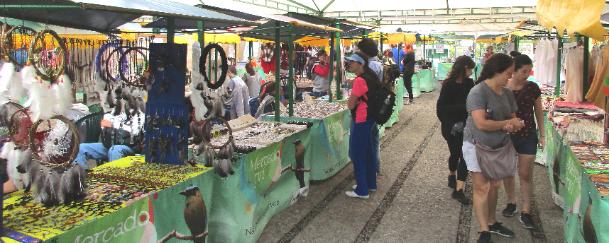
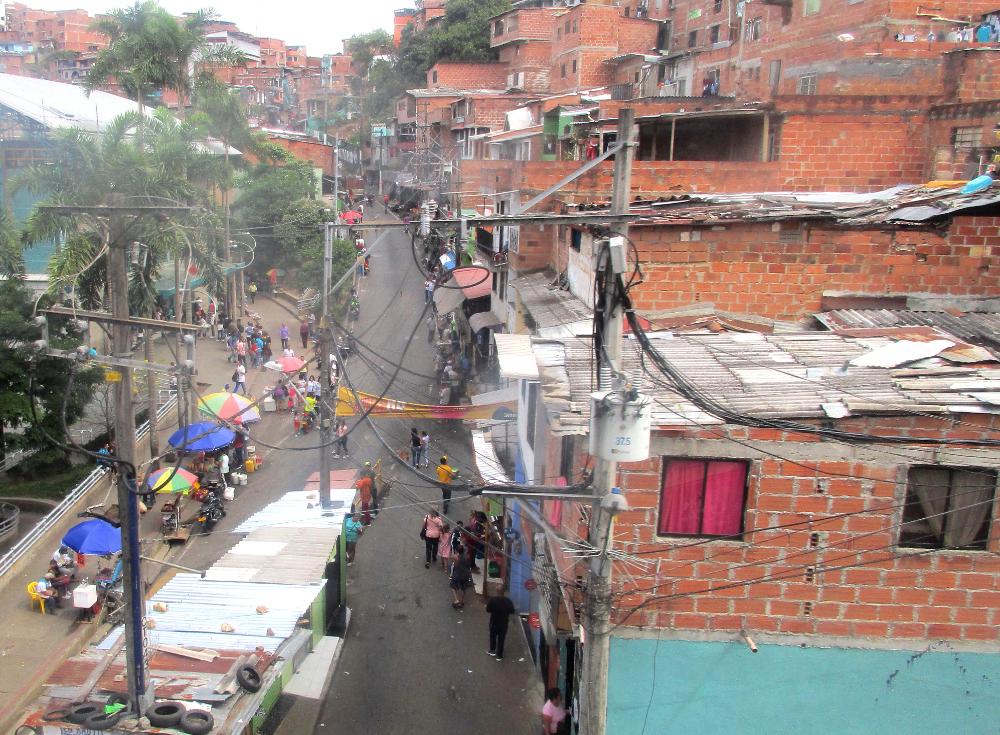
| You get a bird's-eye view of Medellin from the Metrocable. The city spreads out along the valley and climbs up the hillsides. |
| Medellin Metrocable, Colombia |
| On the lower hillsides the construction is mostly brick, but that changes as you get higher |
| Line K makes three stops on the way up, offering tantalizing glimpses of local life |
| Switching over to Line L, we finally leave the city behind. Line L runs every day except Monday and costs an extra 20,000 pesos (~$6) pp round-trip. |
| We went for a few short walks along paths near the cable car station but didn't venture too far (a guide is recommended if you want to go further) |
| After enjoying our escape from the city for an hour or so, we headed back the same way we came |
| We paid 4,000 pesos (~$1.20) each for our own fruit cup. Those bright orange fruits are called uchuva (or Cape gooseberry) and are super delish! |
| These fruit cups filled with exotic fruits looked too good to pass up! |
| For Medellin residents this is the quickest way to get a quick dose of nature. By the way, it's noticeably cooler up here -- you may even need a layer! |
| A thriving market is situated close to the station |
| We finally arrived at the endpoint of our journey -- Parque Arvi |
| Line L goes on for a long, long way, passing over primeval forest. The wind blew hard enough at times to make our gondola sway. |
| These hillside neighborhoods are pretty steep, but a few relatively flat streets cross the barrios sidewise |
| Medellin's 2.5 million inhabitants occupy the entire valley and then some |
| Per instructions we avoided prancing or bustling about as we rode higher! |
| View of a Medellin barrio through a blurry window |
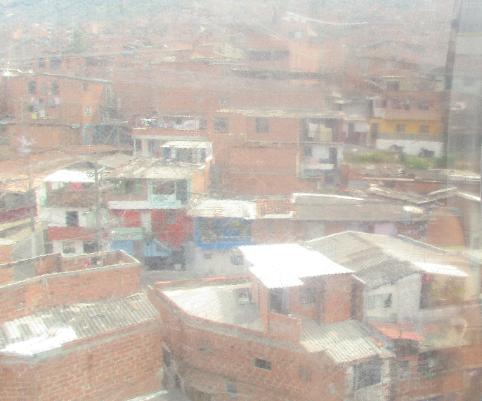
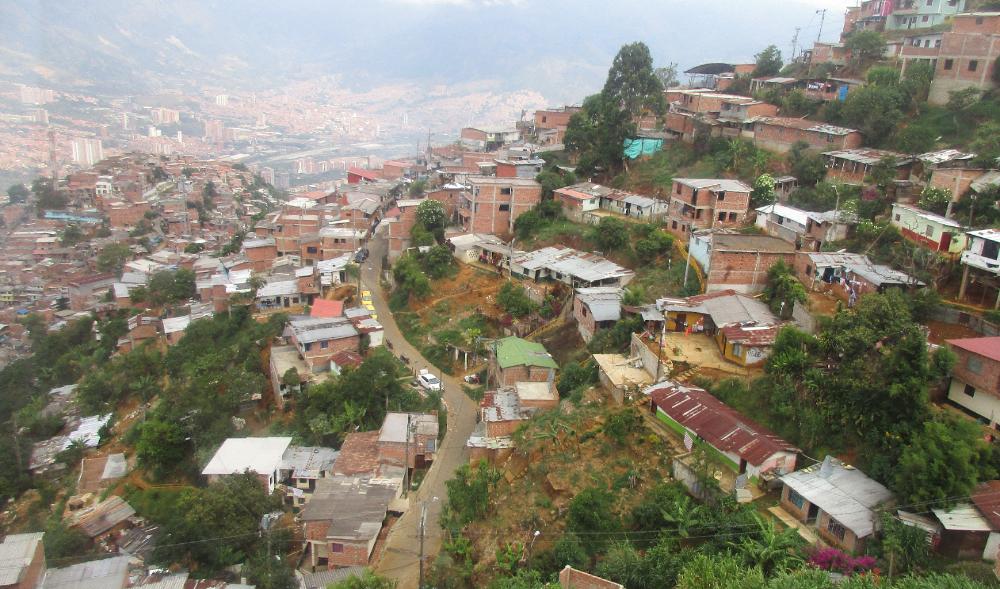
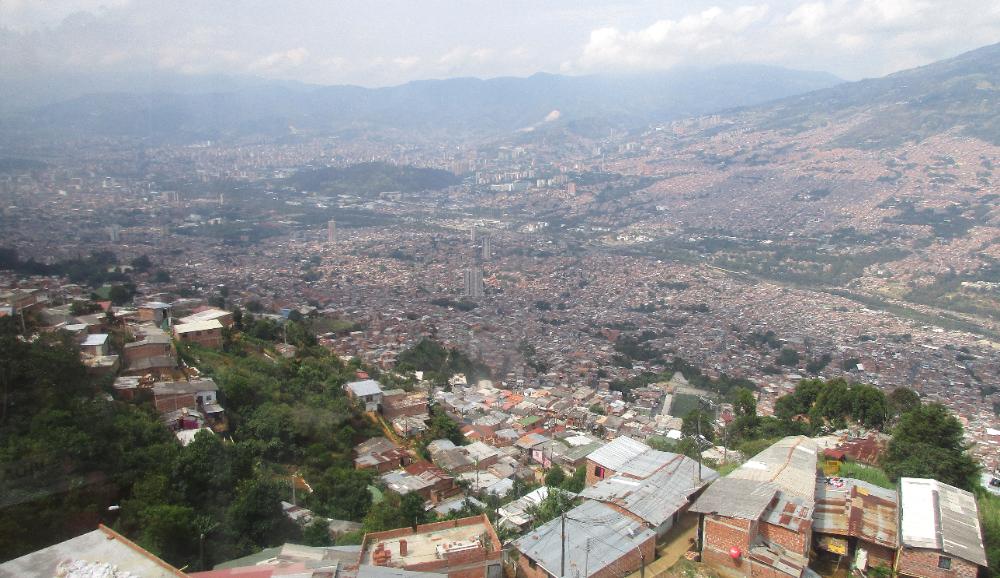
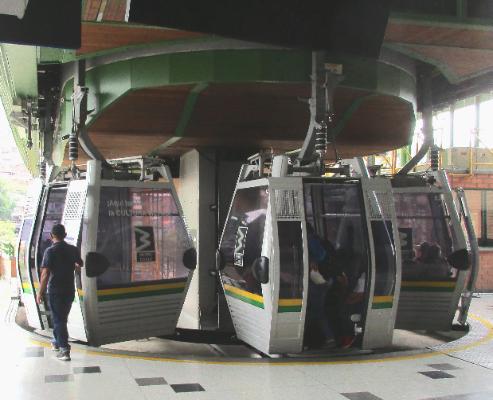
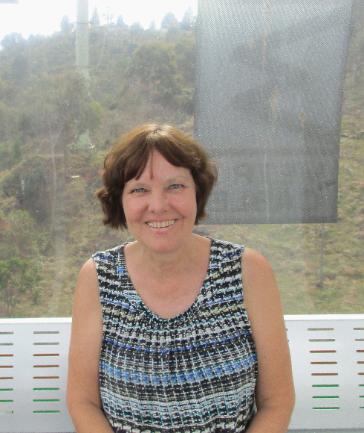
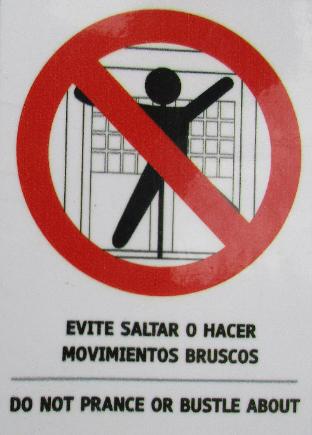
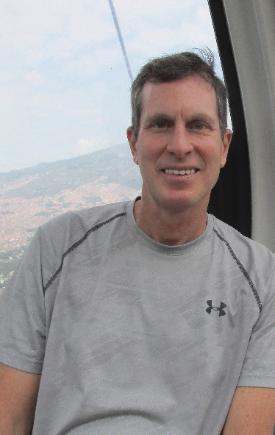
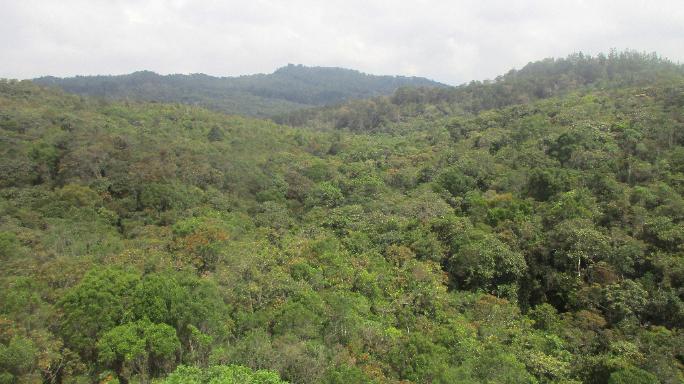
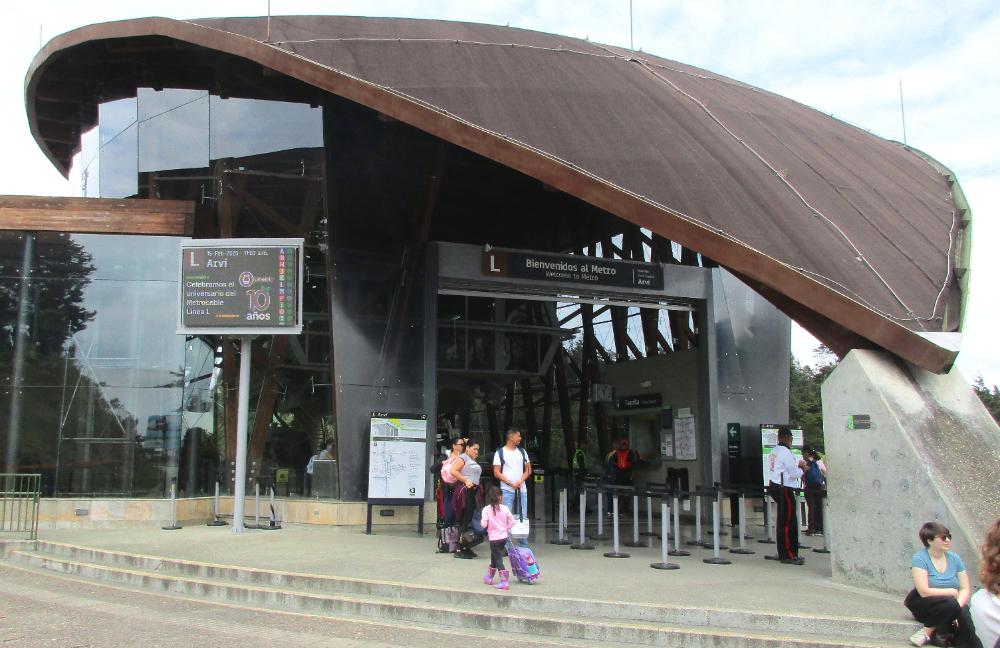
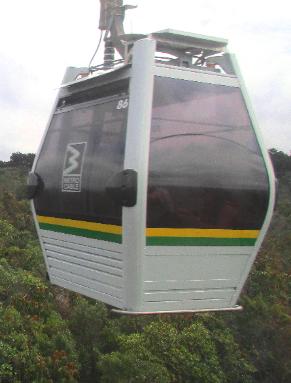
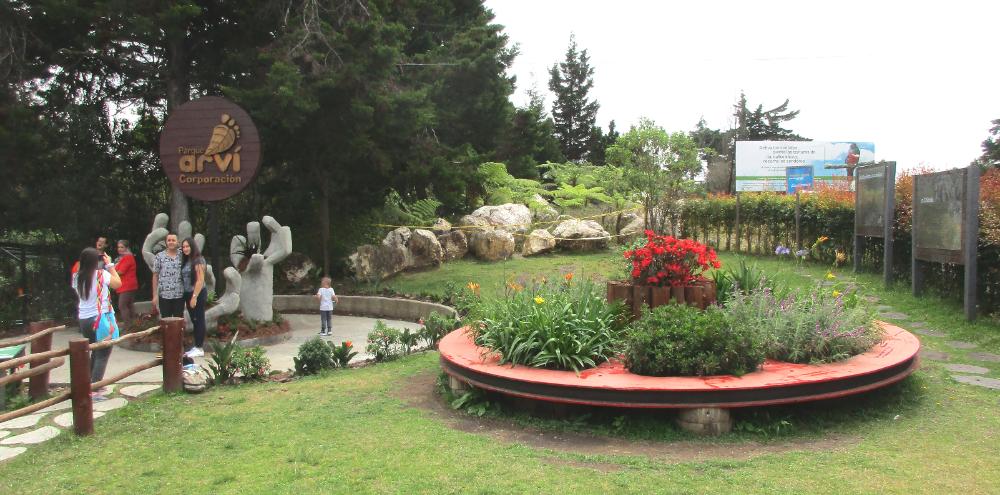
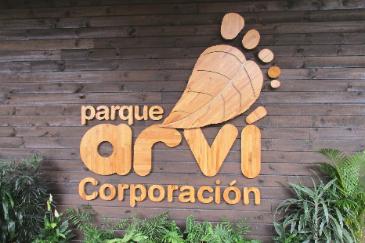
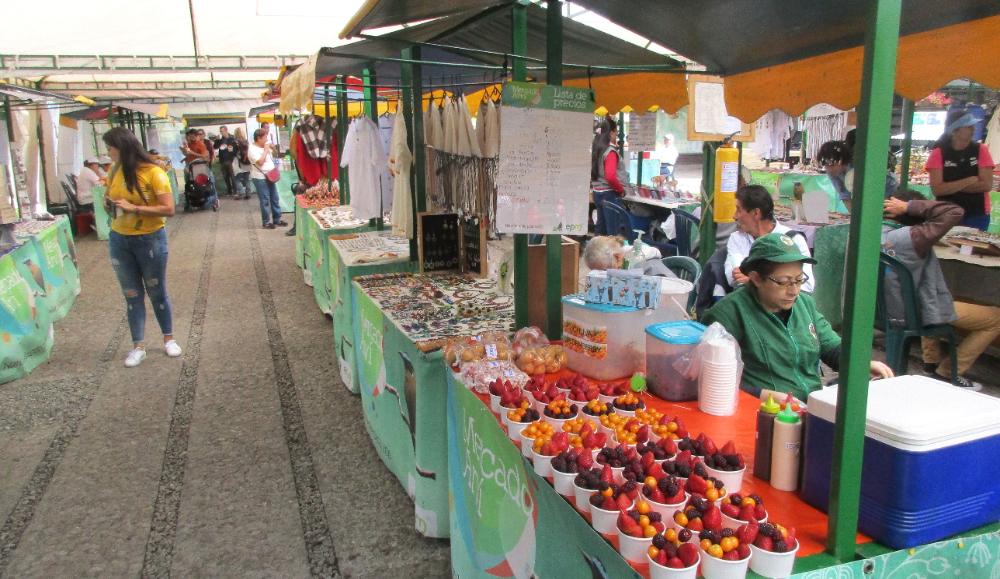

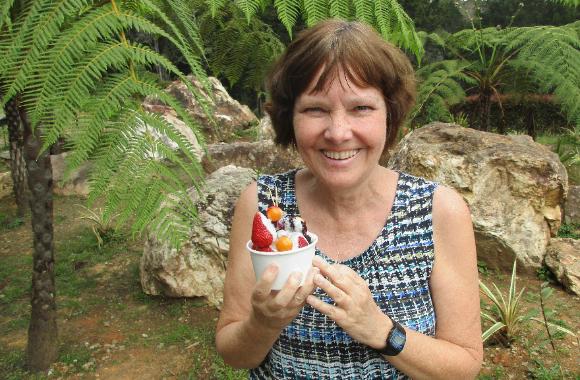

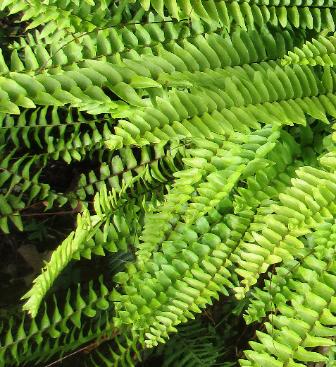
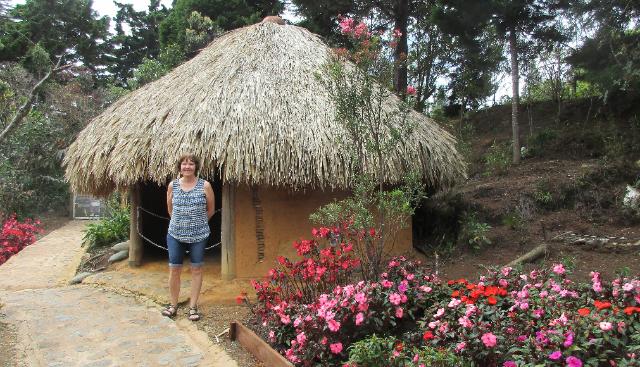
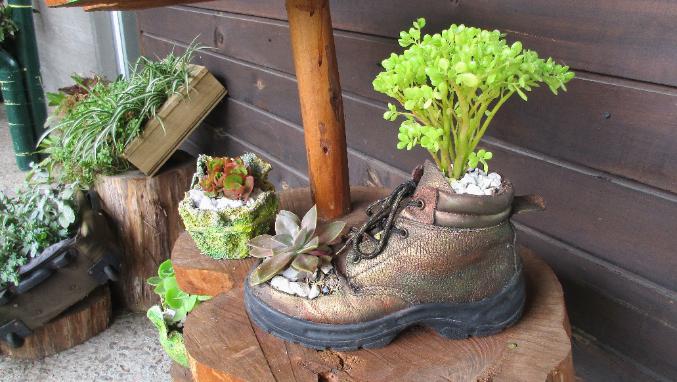
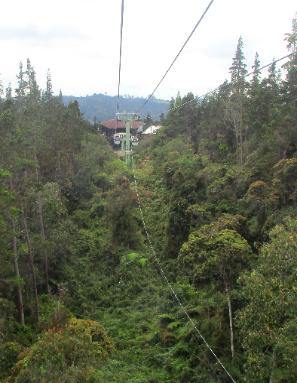
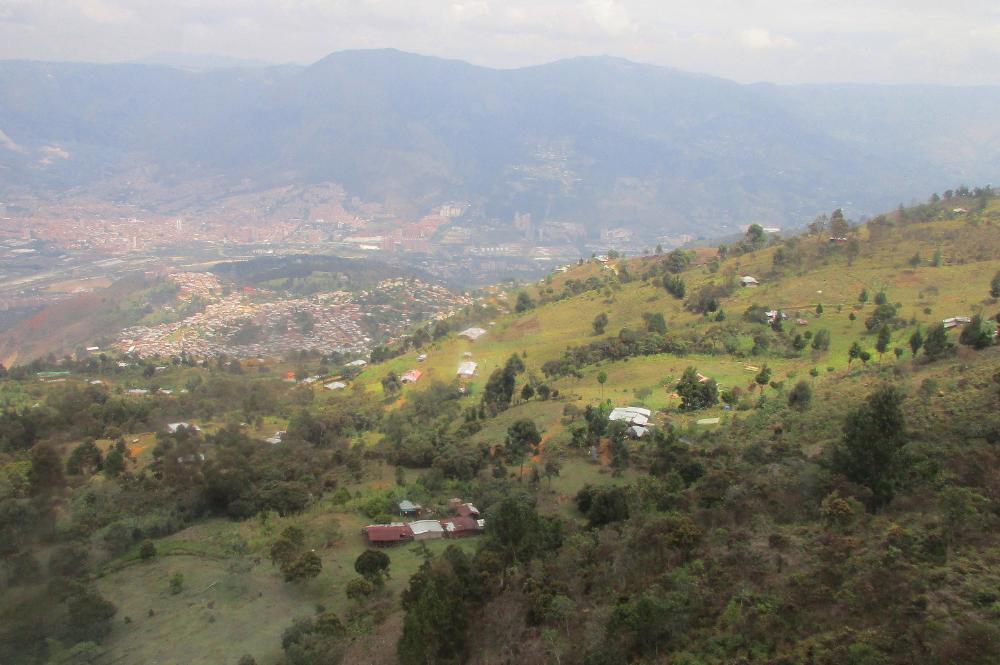
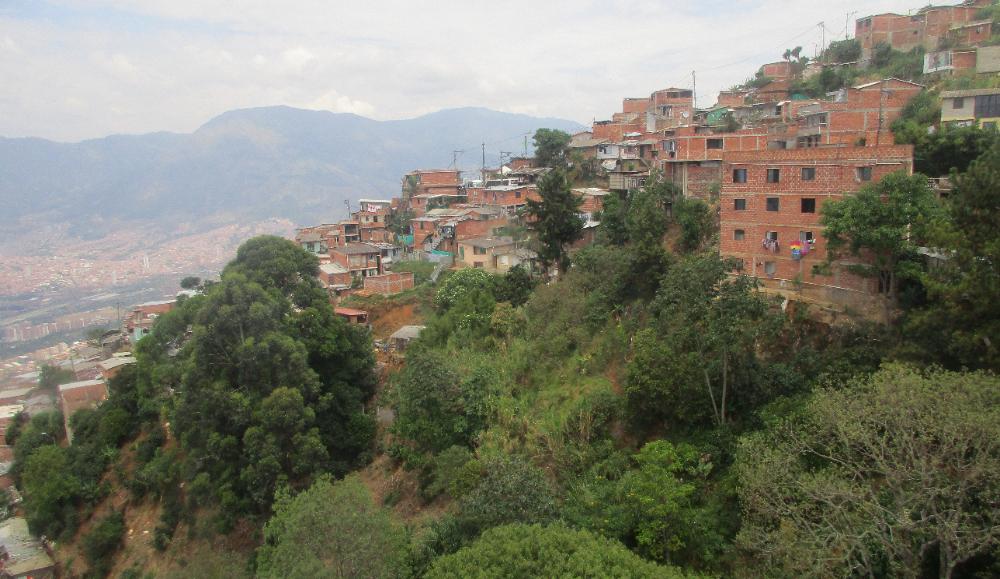
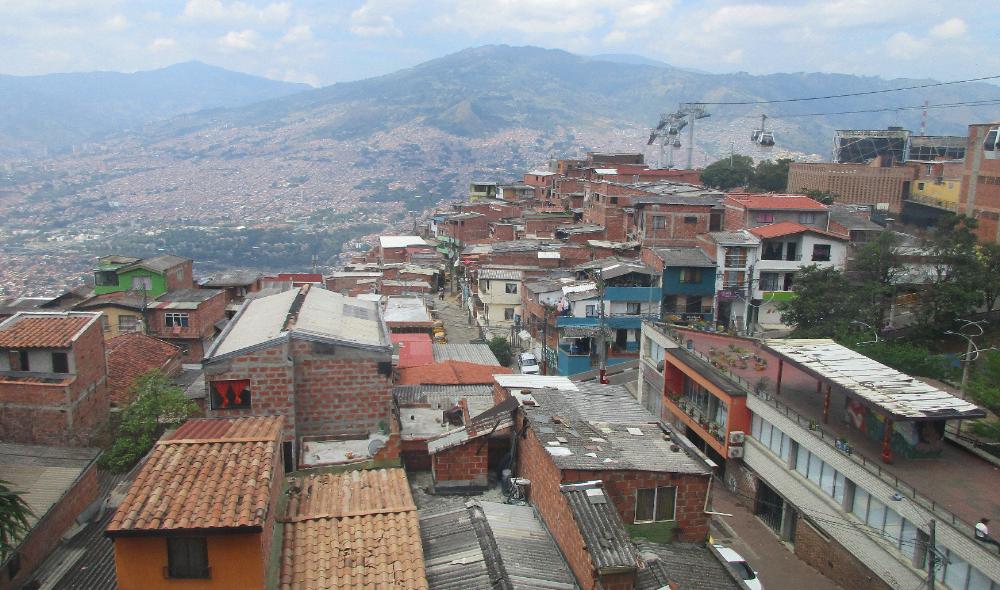
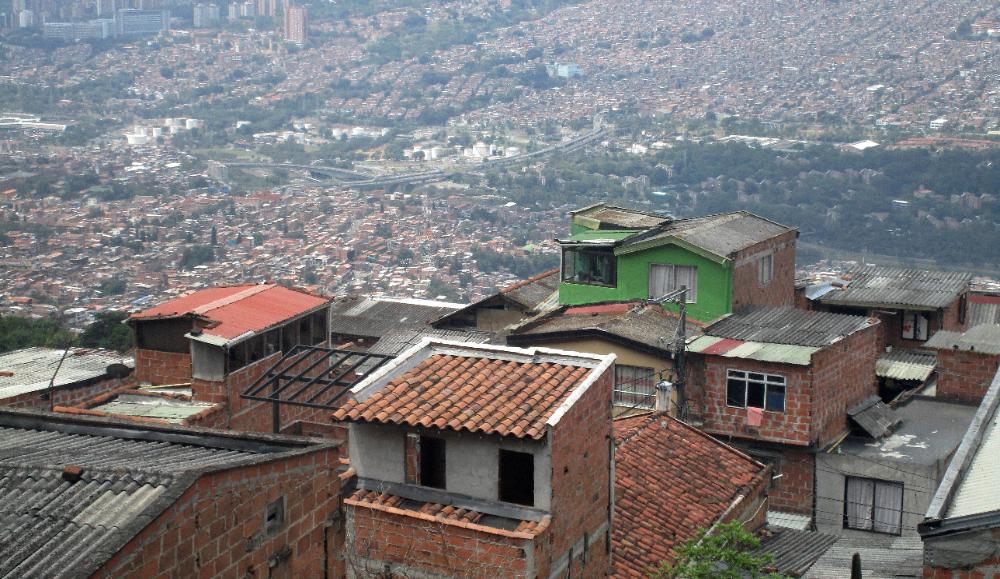
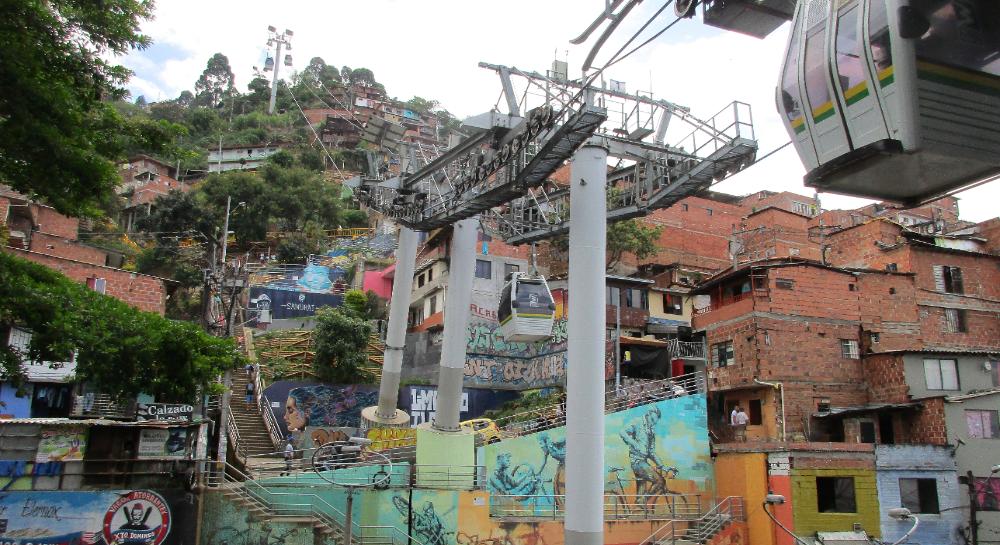
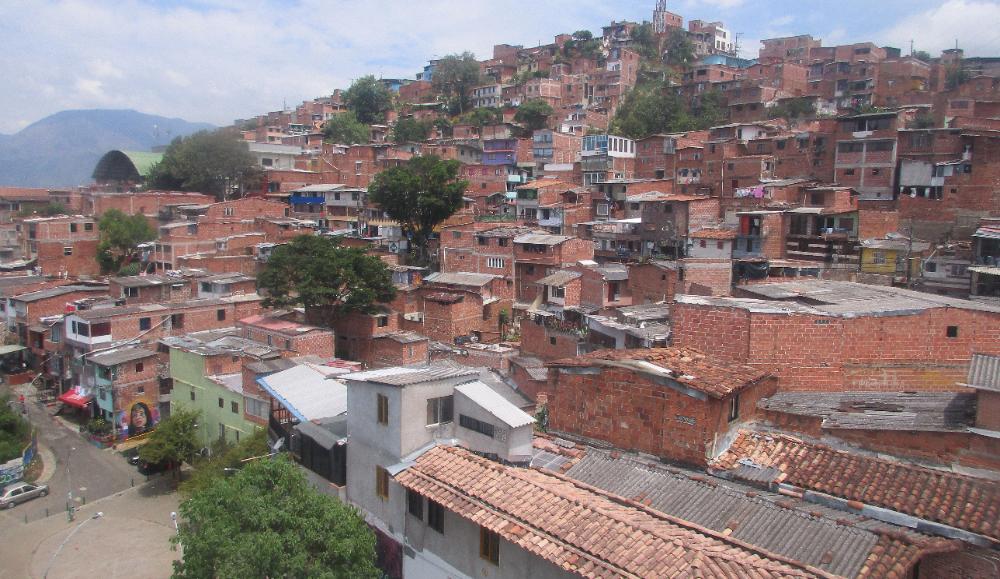
The best thing we did in Medellin was take the
Metrocable to Parque Arvi. This long journey
combines rides on both the metro and cable
car lines to give a surprisingly good overview
of the city as a whole. From Aguacatala metro
stop we headed north 11 stops to Acevedo.
Here we got off the metro and walked to a cable
car line (line K) that's included as part of the
metro system. A gondola took us up, up, up,
past numerous barrios. The housing got more
basic the higher up we went, transitioning from
small brick homes to tin-roofed shacks, but the
cable car keeps locals much better connected
to the main city than they otherwise would be.
We got off at the third cable car stop at Santo
Domingo. By now we were high above the city --
but there was still lots more to come. We paid
extra for the next cable car (line L) but the ride
was something else -- probably the longest
cable car ride we’ve ever experienced. We left
the city far behind and traveled high above
forests. The wind blew, the car swayed, and we
had plenty of time to marvel at the journey. We
finally arrived at Parque Arvi, the end of the
line. Here we deboarded and hung out for an
hour, enjoying the crisp air, going for short
walks, and enjoying a fruit cup filled with exotic
fruits before taking the cable car back down.
Metrocable to Parque Arvi. This long journey
combines rides on both the metro and cable
car lines to give a surprisingly good overview
of the city as a whole. From Aguacatala metro
stop we headed north 11 stops to Acevedo.
Here we got off the metro and walked to a cable
car line (line K) that's included as part of the
metro system. A gondola took us up, up, up,
past numerous barrios. The housing got more
basic the higher up we went, transitioning from
small brick homes to tin-roofed shacks, but the
cable car keeps locals much better connected
to the main city than they otherwise would be.
We got off at the third cable car stop at Santo
Domingo. By now we were high above the city --
but there was still lots more to come. We paid
extra for the next cable car (line L) but the ride
was something else -- probably the longest
cable car ride we’ve ever experienced. We left
the city far behind and traveled high above
forests. The wind blew, the car swayed, and we
had plenty of time to marvel at the journey. We
finally arrived at Parque Arvi, the end of the
line. Here we deboarded and hung out for an
hour, enjoying the crisp air, going for short
walks, and enjoying a fruit cup filled with exotic
fruits before taking the cable car back down.
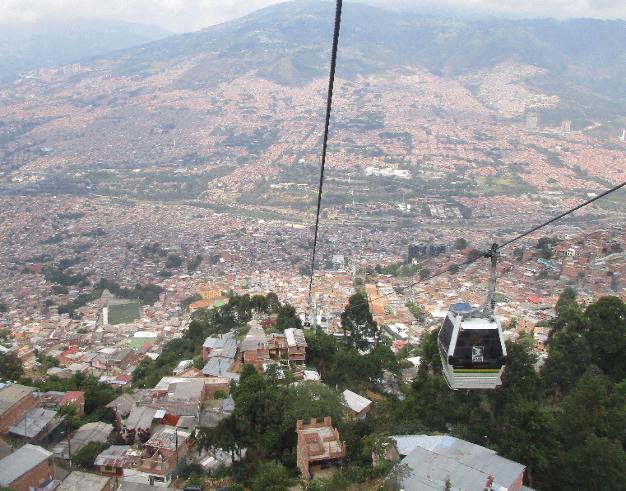

| This posted map of the Medellin metro system shows the cable car lines (K and L near the top) up to Parque Arvi |
| It's a short walk from Acevedo metro stop to cable car Line K |
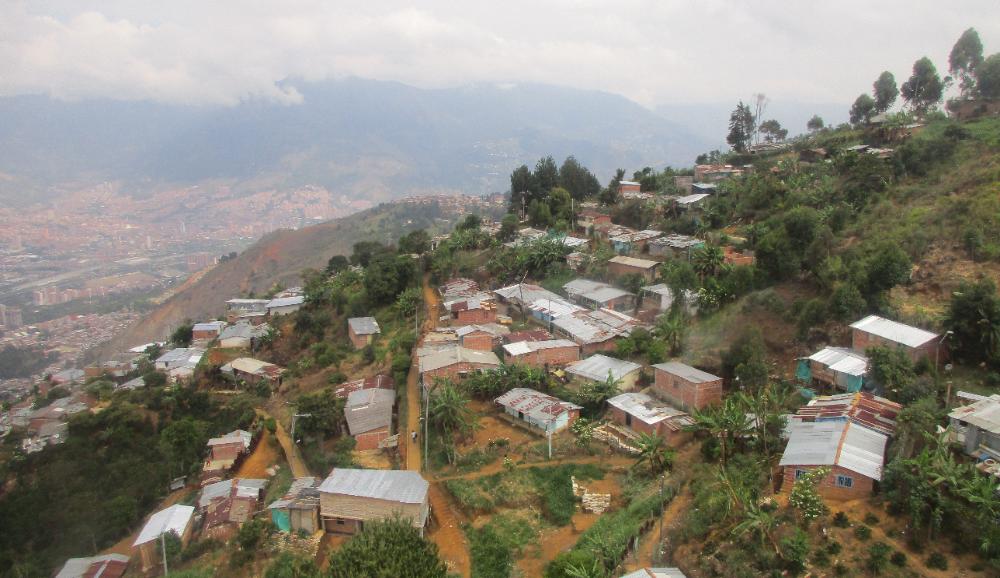
| Climbing higher, more trees begin to appear |
| What a deal! Cable car Line K counts as part of your single metro ride (about 2,000 pesos or 60 cents). |
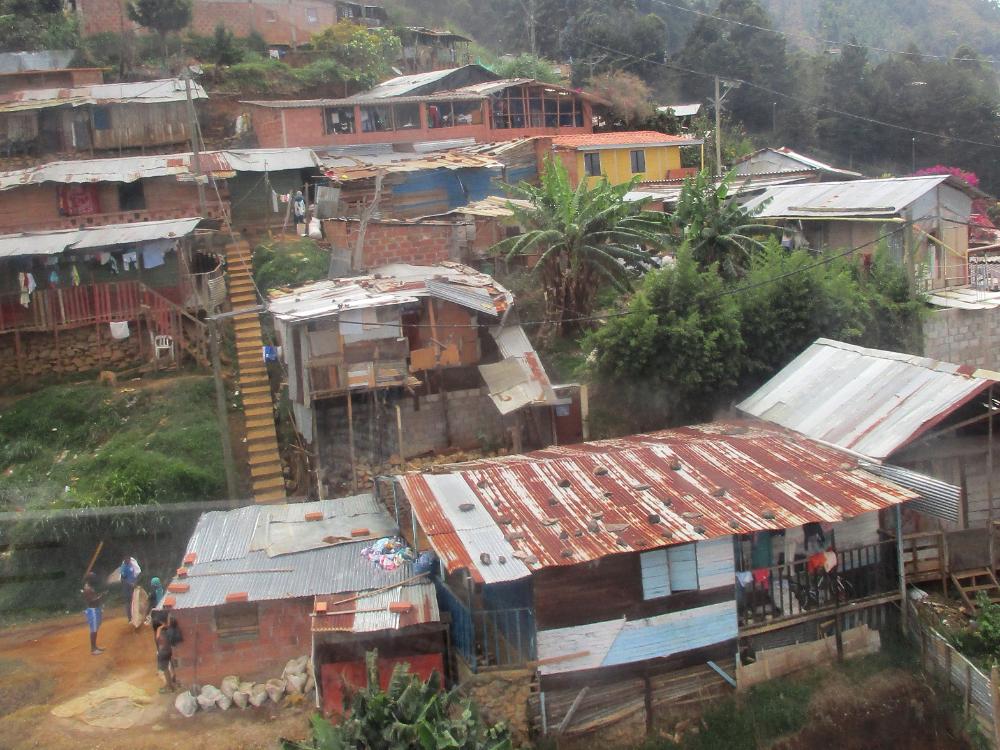
| The tin-roofed buildings begin to look more run-down and rustic |
